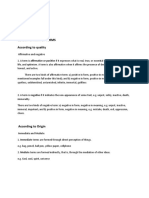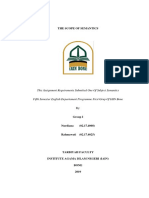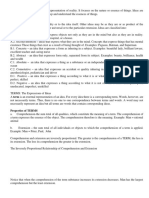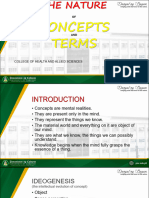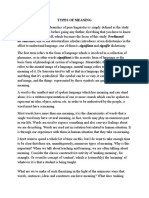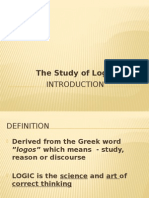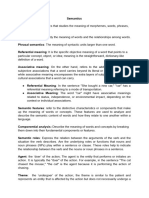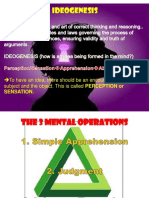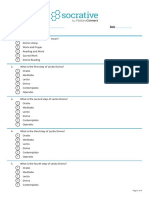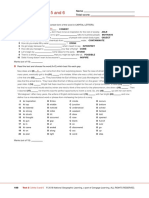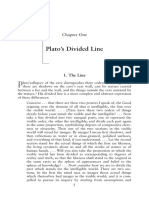0% found this document useful (0 votes)
3 views2 pagesLanguage Term Concept
The document discusses the nature and functions of language, highlighting its role as a medium for communication and its various forms, including spoken, written, and non-verbal communication. It outlines the basic functions of language, such as informative, expressive, and directive, along with examples of their combined usage. Additionally, it defines concepts and terms, explaining different types of concepts and terms, including their relationships and meanings.
Uploaded by
Merck Jhudeil Turla AdlaoCopyright
© © All Rights Reserved
We take content rights seriously. If you suspect this is your content, claim it here.
Available Formats
Download as PDF, TXT or read online on Scribd
0% found this document useful (0 votes)
3 views2 pagesLanguage Term Concept
The document discusses the nature and functions of language, highlighting its role as a medium for communication and its various forms, including spoken, written, and non-verbal communication. It outlines the basic functions of language, such as informative, expressive, and directive, along with examples of their combined usage. Additionally, it defines concepts and terms, explaining different types of concepts and terms, including their relationships and meanings.
Uploaded by
Merck Jhudeil Turla AdlaoCopyright
© © All Rights Reserved
We take content rights seriously. If you suspect this is your content, claim it here.
Available Formats
Download as PDF, TXT or read online on Scribd
/ 2








